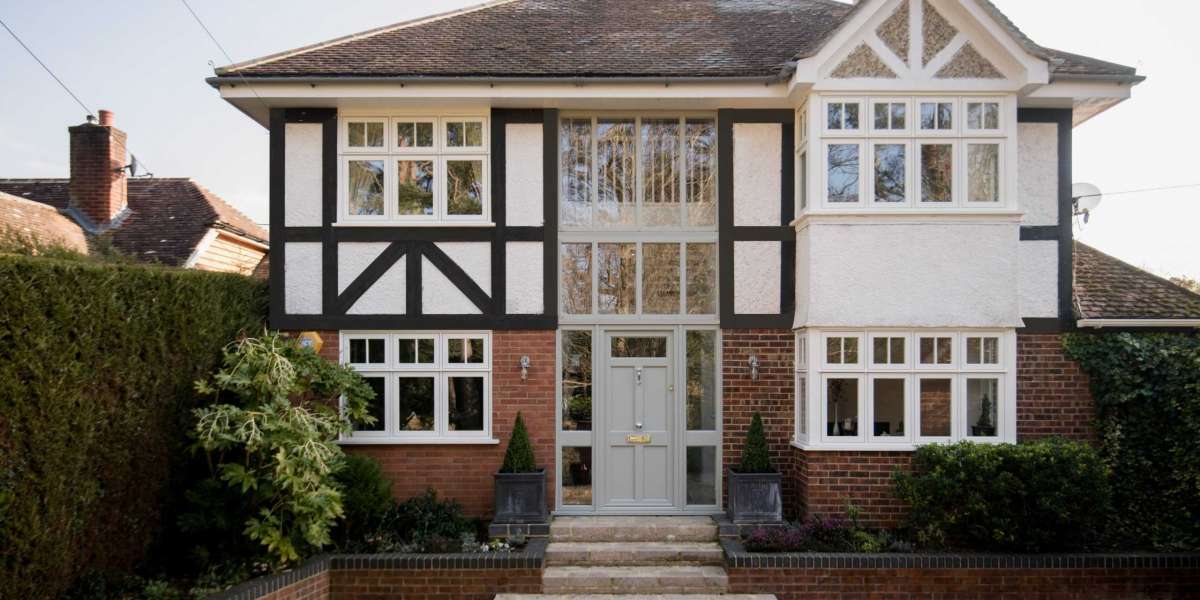The Comprehensive Guide to Composite Door Refurbishment
Worldwide of home improvement, the term "composite door repair specialists door refurbishment" encompasses a crucial element of keeping and improving the visual appeal, performance, and security of houses. composite door hinge repair doors, made from a combination of materials such as wood, uPVC, and insulating foam, are renowned for their toughness, thermal efficiency, and low maintenance requirements. However, like any structural element of a home, they can reveal wear gradually. This short article explores the value, methodologies, and advantages of refurbishing composite doors, while likewise dealing with regularly asked concerns.
Why Refurbish Composite Doors?
1. Aesthetic Appeal: One of the main factors house owners opt to recondition their composite doors is to bring back or improve appearance. In time, direct exposure to aspects can lead to fading or staining. With refurbishment, owners can upgrade the appearance of their doors without the expense of full replacement.

2. Improved Performance: As doors age, their seals can break down, resulting in drafts and energy inadequacies. Refurbishment can address these problems, restoring the door to its original performance levels.
3. Cost-Effectiveness: Refurbishing a composite front door repair door is typically cheaper than a complete replacement. This makes it a useful alternative for those aiming to preserve their home without undergoing a considerable monetary investment.
4. Ecological Benefits: Refurbishing adds to sustainability by reducing waste. Rather of discarding an old door, refurbishment keeps it in use, lessening the need for new materials.
Secret Steps in Composite Door Refurbishment
Reconditioning a composite door usually includes several essential actions. Below, we lay out a straightforward technique to finish this process effectively:
Step 1: Assessment and Inspection
Before starting refurbishment, a thorough assessment of the door is basic. Homeowners ought to look for:
- Signs of wear, such as scratches, dents, or fading paint.
- Damage to the seals or locking systems.
- Any signs of rot or insect infestation (especially if the door has wood components).
Step 2: Cleaning
Cleaning the door is essential in preparing it for refurbishment. Property owners can utilize a mix of mild soap and water, in addition to non-abrasive fabrics, to thoroughly wash the door. A gentle scrub can eliminate dirt, gunk, and mildew, exposing any concealed damage.
Step 3: Repairs
When the door is tidy, any needed repairs ought to be resolved. This may include:
- Replacing or repairing door seals to improve insulation.
- Repairing or replacing hinges as required.
- Retouching paint or varnish where needed.
Step 4: Repainting or Re-staining
Depending upon the desired finish, property owners can either repaint or re-stain the door:
For painting: Choose an appropriate exterior-grade paint that complements the general home color scheme. Dry completely before using a 2nd coat.
For re-staining: Use a quality wood stain that safeguards and enhances natural functions, followed by a protective sealant.
Step 5: Final Inspection and Maintenance Tips
After refurbishment, house owners need to carry out a last assessment to guarantee all elements are secure and functional. Routine maintenance, such as lubrication of hinges and look at weather condition seals, can extend the door's lifespan.
Benefits of Composite Door Refurbishment
The refurbishment of composite doors offers numerous benefits for homeowners:
Extended Lifespan: Routine refurbishment can significantly extend the life of a composite door, ensuring that it continues to offer security and insulation for many years.
Cost Savings: By choosing refurbishment instead of replacement, homeowners can conserve a significant amount on setup and material costs.
Design Personalization: Refurbishment enables homeowners to individualize their door's look, changing it to match developing design choices or modern-day style patterns.
Increased Property Value: A well-refurbished door not just enhances curb appeal but can likewise increase the value of the home when provided on the marketplace.
Comfort: Knowing that a reconditioned door is secure and sufficiently insulated provides assurance, specifically for house owners concerned about energy performance and security.
Frequently Asked Questions (FAQs)
Q1: How typically should I refurbish my composite door?
A1: While the frequency of refurbishment can differ, normally it is advised to assess your door every 5 years. Indications of wear, such as fading or peeling, may prompt an earlier refurbishment.
Q2: Can I refurbish my composite door myself?
A2: Yes, numerous house owners can carry out fundamental refurbishment tasks themselves, such as cleaning, painting, and sealing. Nevertheless, engaging a professional is recommended for extensive repairs or if electrical components are involved.
Q3: What products do I require for refurbishment?
A3: Essential items consist of:
- Mild soap and water for cleaning
- Exterior-grade paint or wood stain
- Door seals and lubricants for hardware
- Sandpaper or wood filler for surface repairs
Q4: How can I avoid more deterioration after refurbishment?
A4: Regular maintenance is essential. This might include routine cleansing, inspecting seals for wear, and making sure hinges are lubed. Keeping the door devoid of particles, particularly in areas prone to moisture, can likewise help.
Composite door refurbishment is an important practice for homeowners wanting to maintain the durability, performance, and visual appeal of their entrances. With a little effort and the right tools, composite door repair specialists doors can easily be renewed, saving costs and lowering waste while contributing to the total value of a home. As an investment in both charm and performance, refurbishing composite doors shows to be a sound choice for any property owner.








